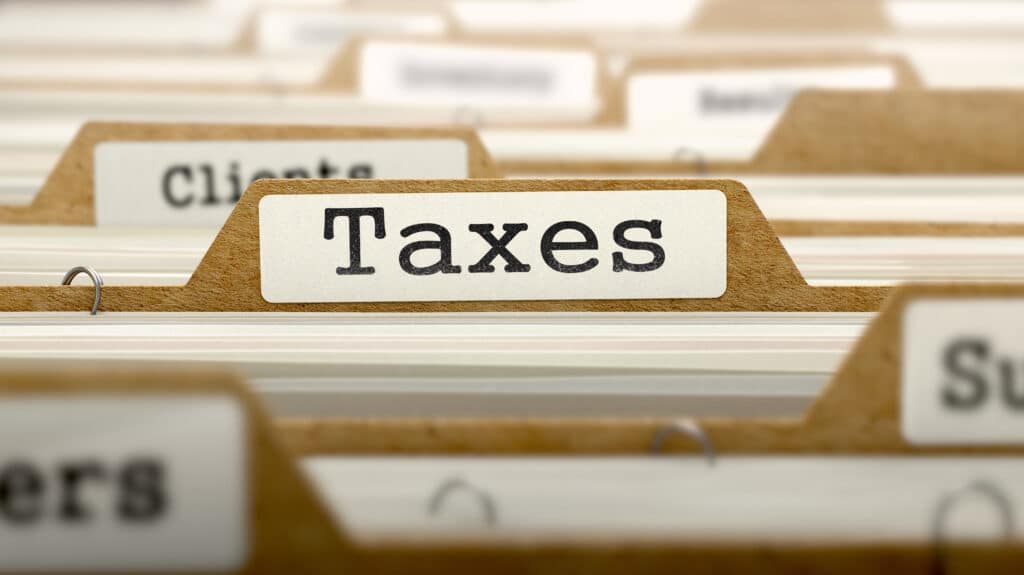Blog
Business Tax Deductions & Credits
When it comes to managing your business’s tax liability, understanding the difference between deductions and credits is key. While both can lower your tax bill, they work in distinct ways. Deductions reduce your taxable income, while credits offer a dollar-for-dollar reduction in taxes owed. However, the interplay between the two can sometimes limit the overall tax benefit. In this DrillBuit Series blog, we’ll break down how deductions and credits impact your bottom line, helping you make informed financial decisions that maximize your tax savings while keeping your business financially healthy.
The Bottom Line
Business expenses and losses can reduce taxes, but not dollar for dollar.
Tax credits can reduce taxes dollar for dollar, but may offset deductions, reducing the tax impact.
Tax Deductions
A business deduction is a tax term for an expense or loss incurred for business purposes (sometimes called a write-off).
What can I deduct as a business expense?
The ordinary and necessary expenses to run your business, such as advertising, labor, materials, tools, equipment, supplies, rent, telephone, travel, shipping, etc. This may include an allocation of personal expenses allowed as business deductions, such as home office, cell phone, vehicle expenses, travel, etc.
How does a Deduction reduce my taxes?
Business income less deductions = taxable income. Taxable income x tax rate % = tax.
Example: $300 income less $100 deductions = $200 taxable income x 10% tax rate = $20 tax.
The $100 deduction saved me $100 x 10% = $10 tax savings.
A business deduction should have an economic benefit and not be motivated by tax savings only. In the above example I spent $100 to save $10 in tax . . . . I still paid a net of $90 for the expense, which hopefully advances my quest for business profits.
Tax Credits
Tax credits are legislated tax benefits to incentivize taxpayers to action – like a credit for buying solar panels, doing research & development (R&D), or starting a company retirement plan, etc.
Example: A $100 tax credit saves $100 in taxes.
However, in many cases tax regulations require that business credits offset business deductions, which reduces the tax benefit of the credit.
Example: I claim a $10,000 R&D credit and it offsets my $100,000 R&D deduction. I am in a 20% tax bracket. $10,000 x 20% = $2,000 additional tax. My net benefit is $10,000 tax credit, less $2,000 tax = $8,000 net tax benefit.
Navigating tax deductions and credits can be complex, but understanding how they impact your bottom line is essential for maximizing savings and keeping your business financially strong. If you need help optimizing your tax strategy or have questions about deductions and credits, contact us for expert guidance. We’re here to help you make informed decisions and stay ahead of the game.
Note: The material and contents provided in this article are informative in nature only. It is not intended to be advice and you should not act specifically on the basis of this information alone. If expert assistance is required, professional advice should be obtained.






